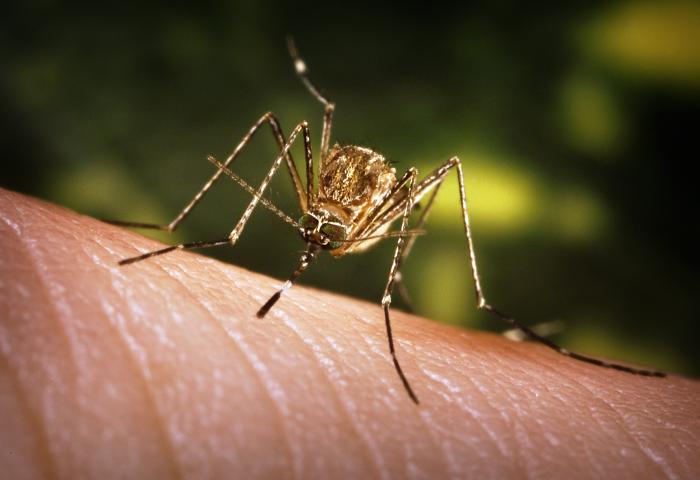Our vector-b orne disease team is partnering with the University of Arizona, Maricopa County Department of Public Health, and other local health departments in a project with high schools around the state to learn more about the Aedes aegypti mosquito. This mosquito was introduced to Arizona in the past 20 years and can transmit dengue and chikungunya viruses. Both these viruses can cause fever, headache, and muscle or joint pain, and can lead to severe illness. Although these viruses aren’t in the state yet, they could arrive if people travel to places where they are present, are bitten by infected mosquitoes, and come back carrying the viruses. Travelers going to tropical and subtropical regions, including Mexico, should remember to wear insect repellant to avoid mosquito bites.
orne disease team is partnering with the University of Arizona, Maricopa County Department of Public Health, and other local health departments in a project with high schools around the state to learn more about the Aedes aegypti mosquito. This mosquito was introduced to Arizona in the past 20 years and can transmit dengue and chikungunya viruses. Both these viruses can cause fever, headache, and muscle or joint pain, and can lead to severe illness. Although these viruses aren’t in the state yet, they could arrive if people travel to places where they are present, are bitten by infected mosquitoes, and come back carrying the viruses. Travelers going to tropical and subtropical regions, including Mexico, should remember to wear insect repellant to avoid mosquito bites.
To learn more about where these mosquitoes are present, high school science classes around the state are being asked to put out mosquito traps for one week during August and September. These traps catch eggs from Aedes aegypti mosquitoes, and can show which areas might be at risk for disease transmission. Students and teachers are asked to make the traps, and send results in to create one state map that can help public health officials identify at-risk areas. We’ve also got an associated curriculum available for download. Five participating schools will be put in a drawing to win $100 each for classroom use, and the final map will be shared with all participants and put on the ADHS webpage.
To learn more about this project, check out the Great Arizona Mosquito Hunt webpage, or click on the links to find out more about dengue, chikungunya, or Aedes aegypti mosquitoes.










Thanks for the wonderful article..I really like your post..